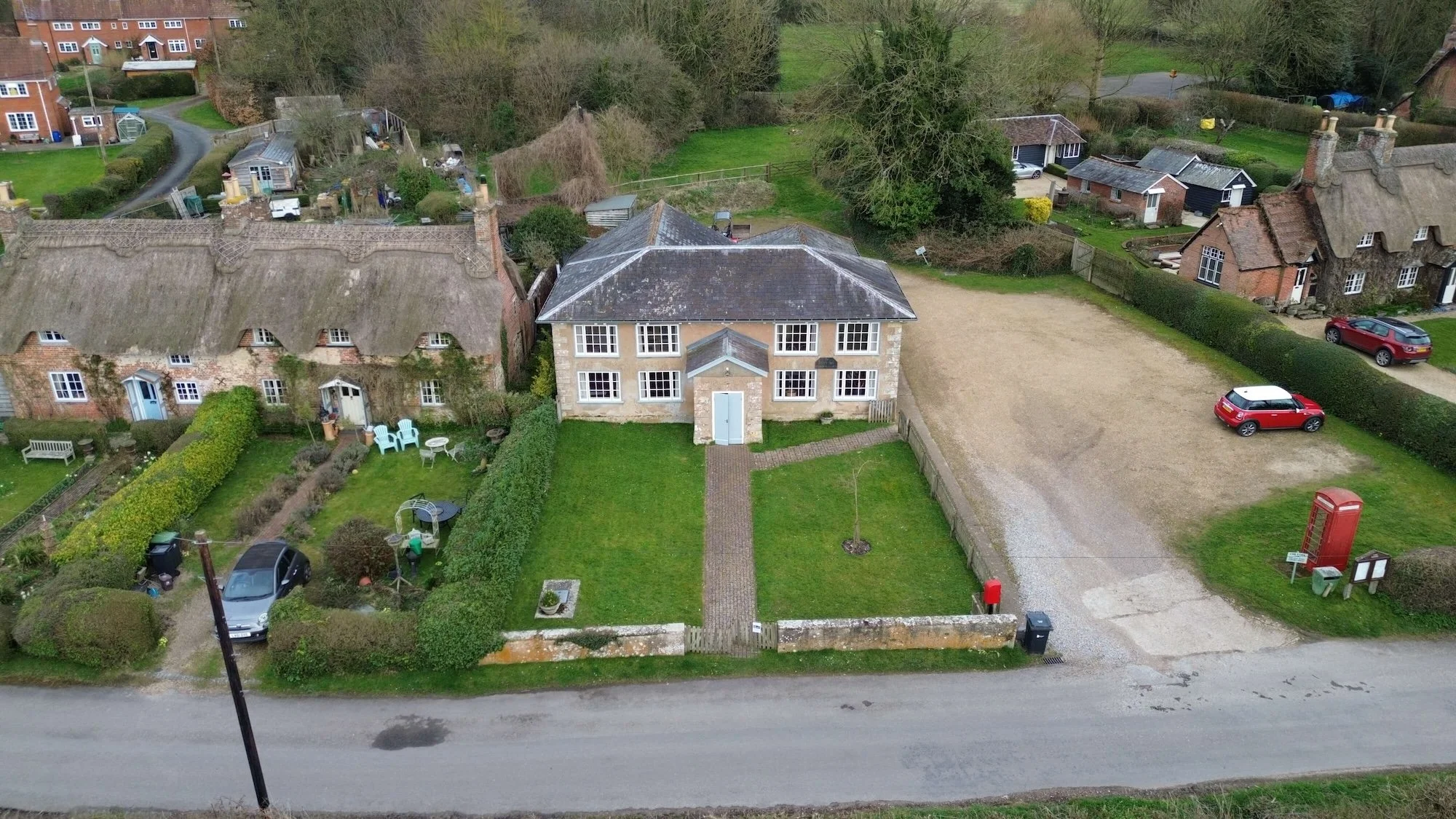Our Village
Wimborne St Giles is a thriving rural community that embodies the best of traditional village life. There is more going on in Wimborne St Giles than you might think.
Located on Cranborne Chase Wimborne St Giles is best known for its Grade I-listed church, village green, and village hall. The village was recorded in the Domesday Book of 1086. The village was established in 1733 when the parishes of St Giles and All Hallows were merged.
Wimborne St Giles, which was recorded in the 1086 Domesday Book, is just 16 miles from the seaside town of Poole on Cranborne Chase. It has a stunning Grade I-listed church in the centre of the village, overlooking a picturesque green and adjoined to a 17th Century Almshouse. The 1732 building was built on top of the old church, which dates back to 1291. It's open to visitors every day.
The village is home to the Earls of Shaftesbury, whose manor, St Giles House, was started in 1650. The village has a number of listed buildings, including the Mill House, the School House, the Rectory, and its stables. The village green is a flat, square space that's largely enclosed by low brick walling. The village hall is a welcoming venue for meetings, children's parties, small wedding receptions, and gatherings of all kinds.
Located on Cranborne Chase, Wimborne St Giles is one of the most ancient, beautiful, and atmospheric parts of the county. There are miles of footpaths and bridleways to explore. Check out Kamoot’s top ten walks around Wimborne St. Giles.
The Church
St Giles’ Church has Grade 1 Listed status and is situated in the middle of the village, facing the village green and school and adjoining a row of early 17C Almshouses. The church has a fine organ and a resident organist. It is open every day to visitors. The present building was constructed in 1732 on the site of the earlier mediaeval church and was designed by the Bastard Brothers, architects of Blandford. Records indicate a church here in 1291. The Bastard Brothers church was in Early Georgian style, well constructed in greensand and flint.
The village hall is perfect for small weddings and receptions and christening celebrations.
The School
Wimborne St Giles School was established by Anthony Ashley Cooper, the 7th Earl of Shaftesbury, who was a leading figure in the reform of factory working conditions. Lady Victoria Ashley took a weekly sewing class at the school.
In 1818, a Parliamentary Inquiry found that children from St Giles attended school in Cranborne, a two-mile walk away. The school was light and airy, with windows that small children could see out of. By 1870, the school had central heating. The school had a well-stocked library, and pupils were allowed to take books home.
Brian, in the photo above, lives in the village and went to the school when he was a boy and remembers it as a farm school (???).
The current Headteacher Phillippa Hill, says she has the best job in the world! The school’s vision statement is 'Together We Grow: Together We Give' and it’s central to everything they do.
They believe that success is down to high expectations and aspirations for every child and aim for excellence in everything they do.
St Giles House
St Giles House fell into a period of disrepair following the Second World War and appeared on the English Heritage “Buildings at Risk” register.
St Giles has a long and rich history. It has been at the heart of politics, philosophy and social reform for generations. In recent times an award winning restoration has seen St Giles House brought back to life and become a family home once again.
The current Lord Shaftesbury is Nicholas Ashley-Cooper, the youngest son of Anthony Ashley-Cooper, 10th Earl of Shaftesbury, and his second wife Christina Eva Montan, the daughter of Nils Montan, a former Swedish Ambassador to Germany.

